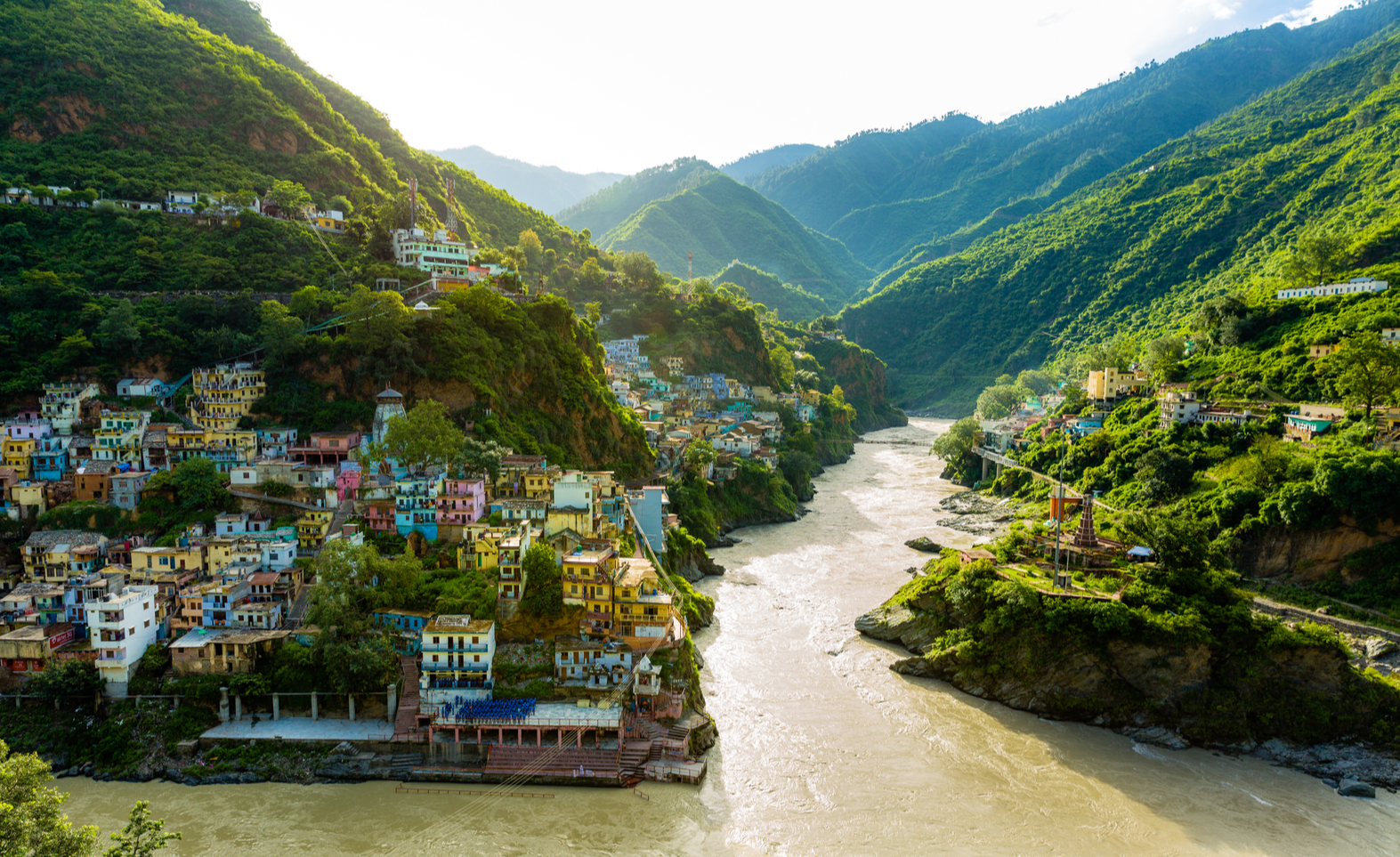
July 13, 2021
Ecotourism, wildlife tourism, cultural tourism and nature tourism were identified as key areas of cooperation.
The BRICS countries have agreed to relook tourism policies, switch to renewable energy and increase knowledge sharing.
In addition to tourism development, BRICS countries are to prioritize allied infrastructure and human resource development.
India and China are expected to recover from the impact of the pandemic given the strength of the economies.

The BRICS Tourism Ministers’ Meeting chaired by India’s Minister for Tourism Shri G. Kishan Reddy today served as a site for discussion on furthering the scope of intra-BRICS tourism. The meeting which was attended by representatives from all the member nations recognised the impact of the COVID-19 pandemic and formulated a detailed Ministers’ Communique. The BRICS alliance for Green Tourism was adopted, and Shri G Kishan Reddy highlighted that ecotourism, cultural tourism, nature and wildlife tourism specific areas can be leveraged to increase tourist inflow. Sustainability and the United Nations’ Sustainable Development Goals will serve as the basis for the new approach towards tourism. Under this approach, mechanisms will be put in place to facilitate knowledge sharing, product development, revisioning of tourism policies, promoting renewable energy adoption and increasing conservation endeavors to protect endangered habitats. In addition to developing tourism, the Ministers also resolved to work towards improving allied infrastructure and human resource capabilities.
Each of the BRICS nations have been recognised for their potential for tourism development with industry experts opining that the strategic group could become the single largest contributor to global tourism. China has also been recognised for its prowess in inbound tourism and infrastructure. Brazil’s biodiversity contributes greatly towards its appeal as a tourist destination. India and Russia are synonymous with strengths in cultural and heritage tourism whereas South Africa’s alluring landscape has been understood as the nation’s key strength. The World Tourism Organization documents that the Asia-Pacific region was majorly hit by the pandemic in the January-May 2020 period, exhibiting a 60% decline in arrivals. Experts project that India and China would be among the fastest to recover from the impact of the pandemic given the strength of the respective economies. As international travel is yet to gather momentum owing to the safety protocols required by the pandemic, domestic tourism is expected to remain the focus area. Partnerships like the BRICS alliance for Green Tourism are crucial to developing international tourism in the post-pandemic world.